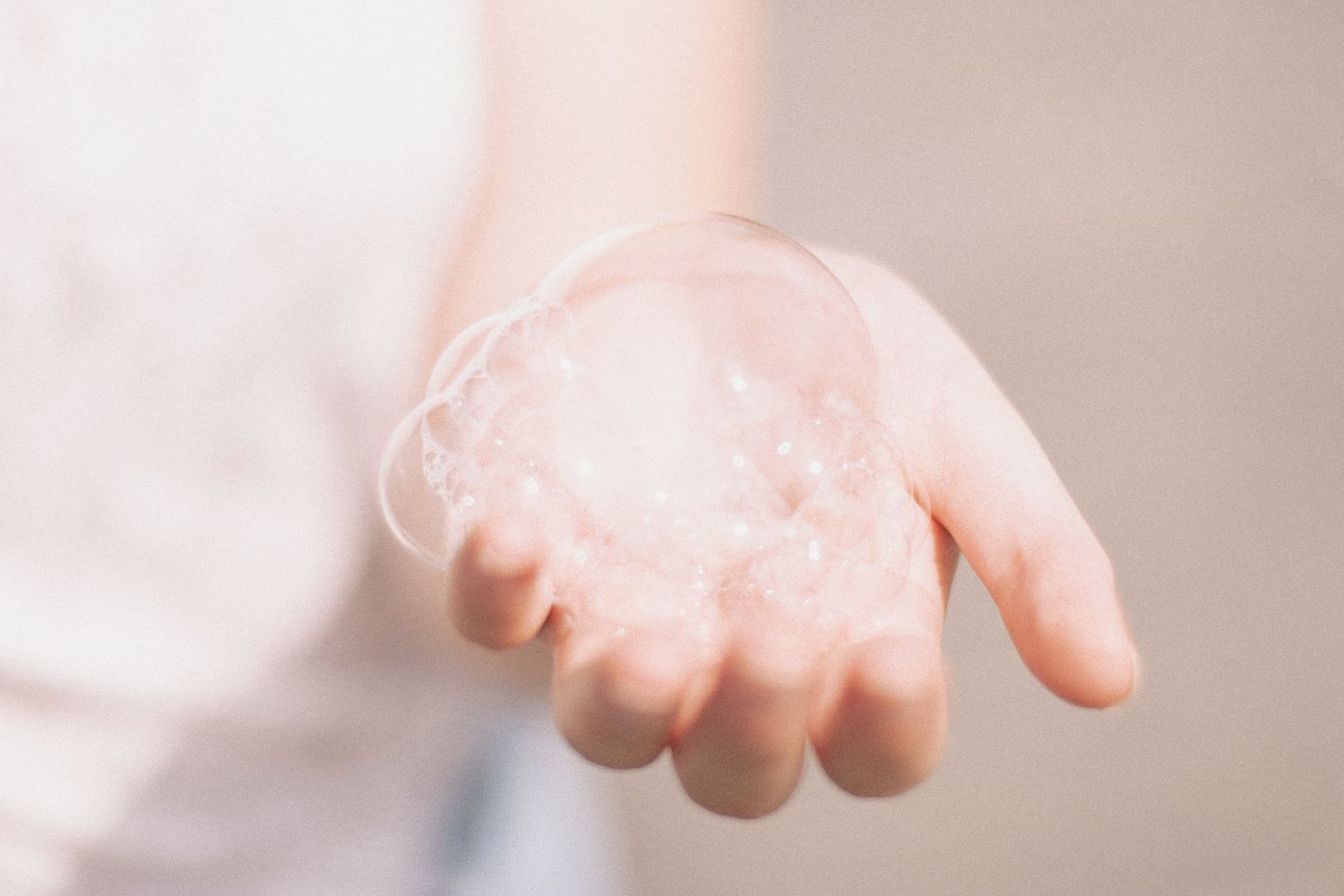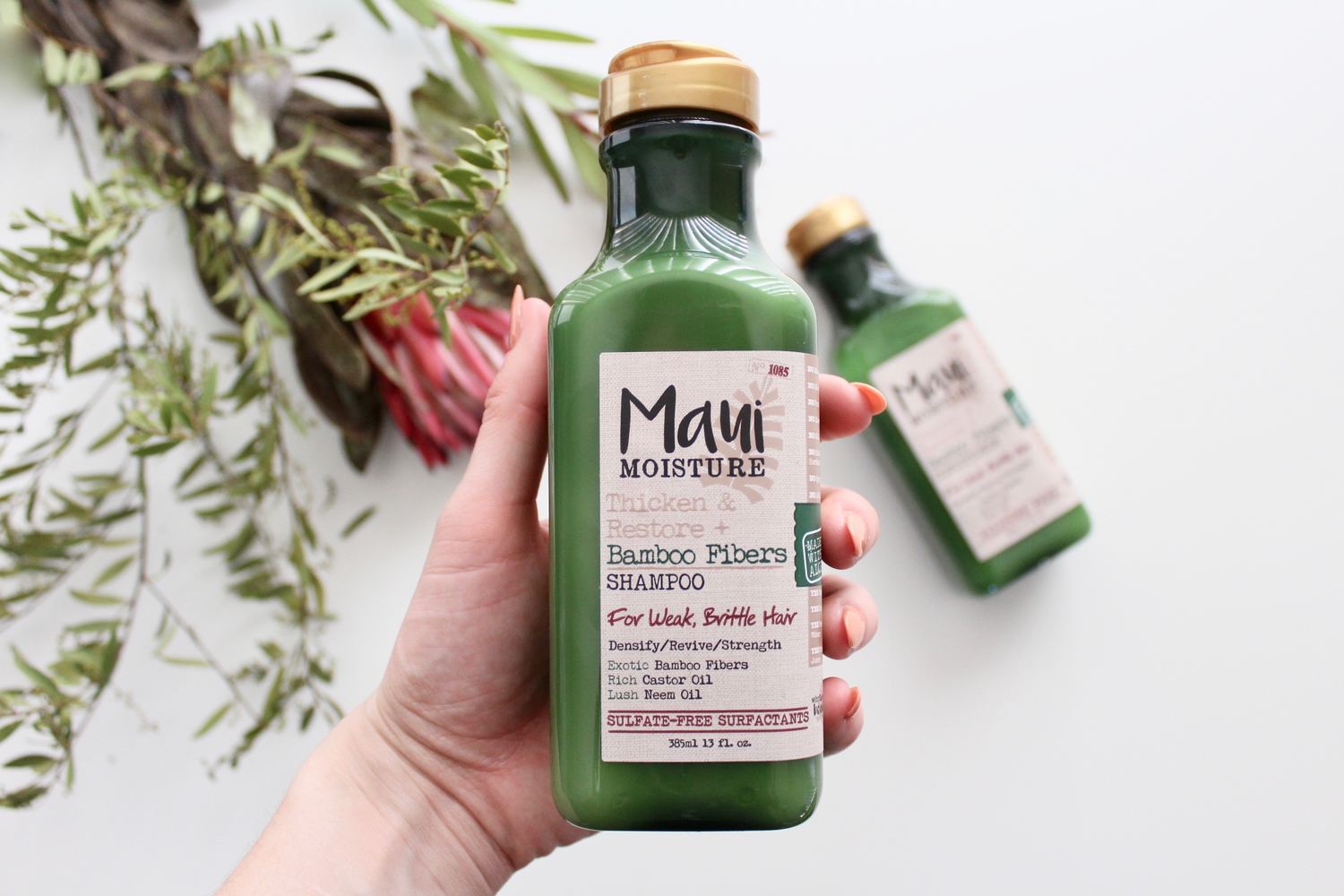When was the last time you’ve looked at your shampoo label? Sure, the “volumizing effect” or “instant recovery” statements written in capital letters must have grabbed your attention instantly, but have you went past that and seen the fine print? Too bad, because that’s where the true power or weakness of the product lies.
Think of it as a cookie, let’s say, classic brownie. Its taste is determined by cocoa powder, but it wouldn’t be the same without butter and chopped chocolate. Each ingredient has its function.
In hair and scalp products, some of the ingredients can even be hazardous, which makes reading the label properly even more important. So, stick around, here’s a valuable lesson.
The top five ingredients are decisive
Caring for your scalp and hair was a true Russian roulette back in the days, with all the dangerous chemicals in the “nourishing” products. It is not until the 1970s when this issue came into the public focus and caused the Food and Drug Administration (FDA) to issue regulations of this area.
According to these rules, the ingredients must be named in descending order of predominance. This means the ingredient which is the most concentrated in the package will be declared first, and so on. The ingredients which occupy less than 1% of the given product can be listed in any order. What is problematic here is that there is no law that forces cosmetic companies to reveal the concentration of the ingredients.
Water should (almost always) be the first ingredient

Source: unsplash.com
Shampoos, conditioners, deep treatments, and similar products should always have water as the number one ingredient. In fact, water usually makes up to 80 percent of these product’s weight. If it is not listed as the number one ingredient than you should really ask yourself what are you using? Of course, some products, such as dry shampoos and scalp exfoliators, are exceptions.
Other “carrying agents” (they carry active ingredients), besides water, are vegetable glycerin and propylene glycol (stay clear of this one).
Ingredients to avoid
The FDA regulations don’t allow large hazardous concentrations of dangerous chemicals, so you can rest sure that the products containing the toxins won’t kill you, but repetitive use can still harm your scalp and sometimes even let the toxins into your organism via the skin.
So, read the label carefully, and if you see some of the following words, don’t buy that product again: beeswax, mineral oil, petrolatum, Sodium Lauryl Sulfate, Ammonium Lauryl Sulfate, and parabens. Synthetic fragrances are never good news.

Source: unsplash.com
Some ingredients can be more complex than others. For example, alcohol and silicons can have both good and bad traits, depending on the product’s purpose and your sensitivity for these substances.
There are products that still cause a lot of debate because of the chemicals they use. Both lye and no-lye hair relaxers are considered to be a risk because one contains sodium hydroxide and the other’s main ingredient is guanidine hydroxide. While the latter one is less harmful, it still causes side-effects such as scalp burn and dry hair.
The purpose of emulsifiers and moisturizers
Emulsifiers are added to create consistency – they make opposite ingredients like water and oil connect well. The safest emulsifiers are guar gum and lecithin. Compounds with TEA, MEA, DEA, and MIPA should be avoided.
There are several different types of ingredients which have to do with the moisture of scalp and hair: emollients, moisturizers, lubricants, and humectants.
Emollients prevent the loss of moisture which makes them great for dry and damaged hair (avoid dimethicone and mineral oils).
The safest moisturizers are aloe vera and panthenol.
Lubricants add shine to your hair and reduce friction. The best natural lubricants are plant oils and primrose oil.
Humectants retain moisture from water and make your hair full. The ones that are safe for you are sorbitol and vegetable glycerin. Don’t buy products with propylene glycol, as it causes irritations and allergies.
What’s different with natural hair and scalp products?
Organic hair and scalp products usually don’t require such detail analysis of the ingredients, but it is always good to know whether “natural” is just a word on paper or something you can trust.
Sometimes, the ingredients on the label sound like complicated chemicals, but most frequently those are your favorite kinds of butter and oils. Here’s a short list to help you get the picture:
-
Aloe Barbadensis (Aloe Vera)
-
Butyrospermum Parkii (Shea Butter)
-
Olea Europaea (Olive) Fruit Oil
-
Prunus Amygdalus Dulcis (Sweet Almond) Oil
The thing you should pay attention to when it comes to “natural” products is their certification by trusted certification body with high standards for organic and natural cosmetics.

Source: unsplash.com
Finally, whenever you purchase a new hair and scalp product, you should take notes of how it affects your hair. Write down the first five ingredients and do so with every new product. That way you will start noticing patterns and see what works best for you.

